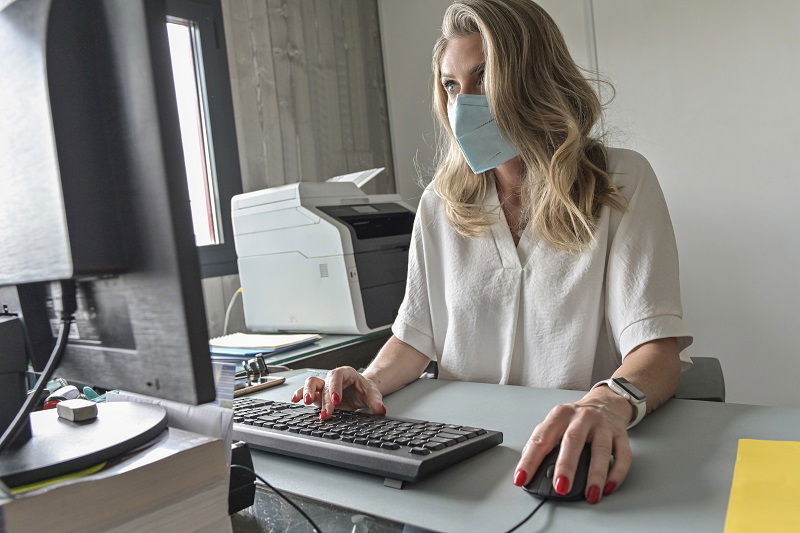As a hearing healthcare professional, sound is probably the most common sense you work with. This makes sense, as most of your patients come to you for help when they cannot hear in the way that they used to or believe they should be able to. However, what if visual information could also play a role in helping you care for your patients’ hearing health needs?
That is the goal of photo-sharing. Photo-sharing is the use of images taken by your patients to better understand their needs, facilitate communication, and enhance audiological counseling. Thanks to the ubiquitous technology of smartphones and their built-in cameras, most patients have easy access to a camera that is with them at nearly all times. The photos they take can then be used during discussions with their hearing health professionals to assess difficulties and successes with their hearing treatment, as well as encourage communication with their family members about hearing-related challenges.
A recent study highlighted the uses and benefits of photo-sharing in the audiological setting. This study was conducted at the National Center for Rehabilitative Auditory Research (NCRAR) in Portland, OR. In the study, participants attended two research visits. In the first visit, they were given direction on what type of photos to take and why. In the second visit, participants discussed their photos during a debriefing session, and the photos were then used to aid in counseling.
For the purposes of this study, participants were split into three groups, and each group was instructed to take a different type of photo. The first group was asked to take photos of situations in which they encountered hearing difficulties. The second group was instructed to take photographs of normal daily activities in which they found their new hearing aids to be particularly helpful or problematic. The third group, along with their “communication partner” (such as their spouse), was directed to take photos of typical shared daily activities in which communication was a problem.
In the follow-up visits, researchers found that the participants were willing to take their own photos and share them as part of their audiological care. They also reported that the participants would be willing to take photos and share them with their hearing healthcare professionals as well.
In the first group, the photos of situations where the participants encountered hearing difficulties were used to discuss communication strategies they could use in those situations. In the second group, the photos of activities in which participants’ hearing aids proved especially difficult or helpful were used to troubleshoot specific problems, as well as to encourage continued use of the hearing aids. In the third group, the photos of shared activities that presented communication difficulties were used to compare each participant’s perspective and suggest solutions.
The participants of the study found photo-sharing to be very helpful in finding new communication solutions. For example, one participant showed a photo of his wife sitting at the kitchen table, and he described that he had difficulty understanding her during mealtime. One researcher noticed that the wife was backlit in the photo. This observation allowed the researcher to suggest that the participant had difficulty understanding his wife because the lighting did not allow him to read her facial cues, and the researcher recommended changing their seating arrangement at mealtimes to correct this issue. Without photos, this situation would have been very difficult for the participant to fully convey to a hearing professional.
Participants remarked that their counseling sessions with photo-sharing were productive, and they also found increased appreciation for their hearing aids as a result of participation in the study. For those in the third group who brought a communication partner with them, they appreciated the opportunity to discuss communication problems that usually did not come up in conversation. Furthermore, one participant reported that they began telling others what they were doing when they took photos, which helped their friends better understand situations that presented hearing difficulties.
Based on the results of the study, the researchers recommend that hearing healthcare professionals incorporate photo-sharing when possible to enhance counseling and communication with their patients. Photo-sharing can also be used to provide the best possible recommendation for assistive technology, as the photos reveal the type of environment the patient spends the greatest amount of time in.
To learn more about the exciting opportunities available with photo-sharing and other ways you can enhance your hearing practice with new technology, we welcome you to contact us today at AudiologyPlus.
How Photo-Sharing Can Help Support People with Hearing Loss



